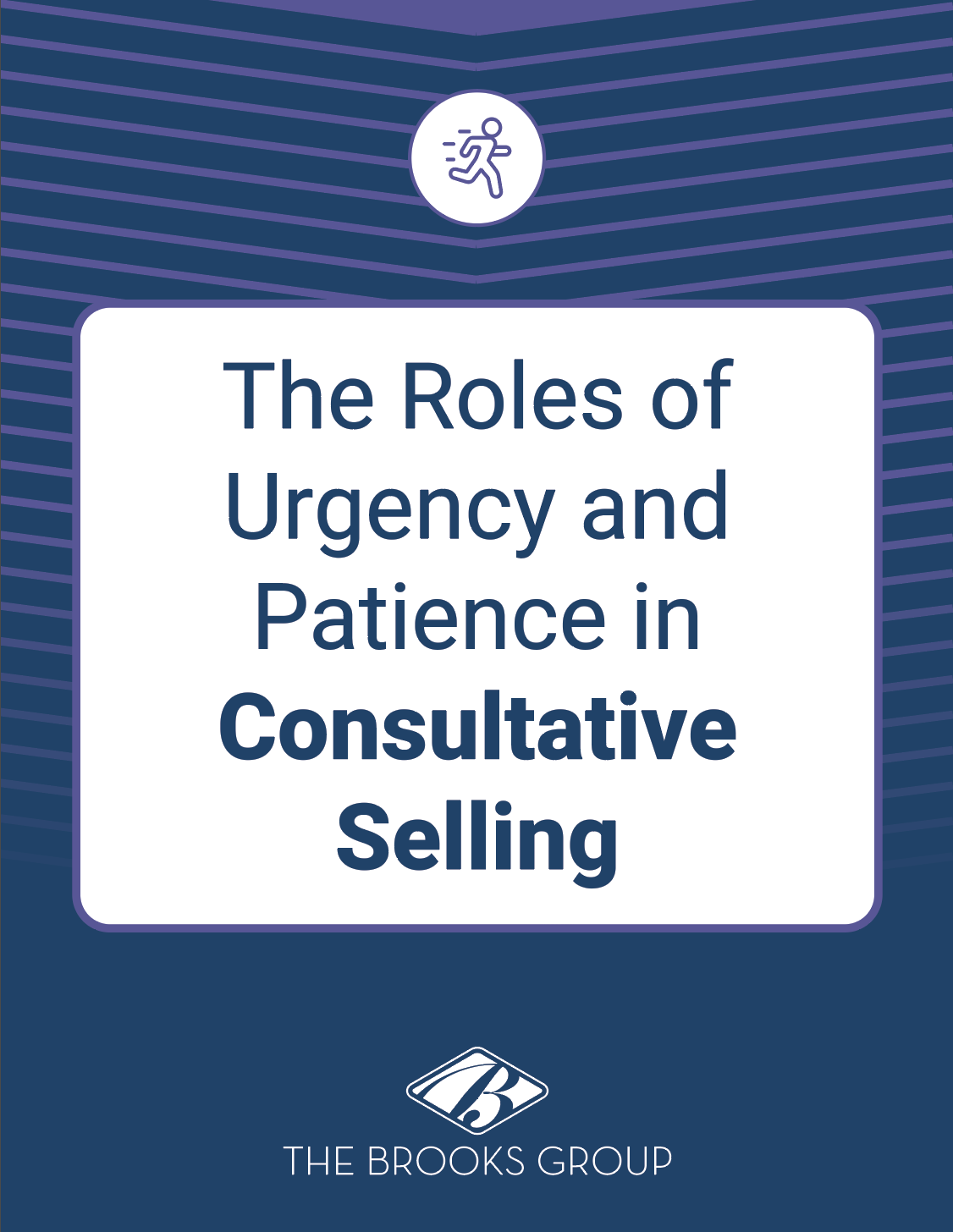If you haven’t already, it’s time your sales team abandons outdated “used car sales” tactics to reach their quota. Customers today have more information, more choices, and freedom. So, sales organizations need focus on improving their sellers’ sales skills and strategic thinking abilities.
To succeed in this environment, sales leaders must help their teams embrace value-based selling techniques.
What Is Value-Based Selling?
Value-based selling is a sales approach that focuses on giving value to prospects and customers throughout their decision-making process. Sales professionals must learn to give helpful advice and insight, so customers see the value in buying your product. This is important because it will greatly benefit your potential customers.
Value-based selling improves close rates, decreases sales cycles, and reduces price pressure. Customers who understand the value of your solution are less likely to object to the price. They are also more likely to make an investment sooner and with a larger amount of money.
Here are 7 tips to help your salespeople develop their value-based selling skills.
1. Prepare for Sales Calls
To provide real value to prospects, your sales team must be experts in your products, your industry, and the specific challenges of your prospective customers.
Teach your sellers how to do the appropriate amount of investigating before every communication touchpoint they have with prospects. They should thoroughly plan their pre-call process to ensure that they don’t skip important details.
You must hold your sellers accountable to staying up to date on the latest industry trends and research.
2. Actively Listen to Prospects
Value-based selling begins with active listening. Sales professionals who talk too much miss out on understanding the customer’s needs and preferences.
Teach your sales team to ask probing questions to uncover buyer needs and then to listen actively to the response.
3. Identify Buyer Pain Points
Pain is a prime motivator to action. Unless a buyer recognizes pain, they likely won’t see value in changing the status quo.
Teach your people to work to uncover the buyer’s pain points. After finding the problems, sellers must assist the prospect in calculating the emotional and financial impact of those problems. This will help them realize the importance of finding a solution.
Using a 3-deep questioning strategy, the conversation with a prospect might go something like this:
Seller: So, you’re having quality issues with your current supplier. How do those issues impact your business?
Prospect: It’s delaying our delivery to stores because we need to return the damaged signs to our vendor.
Seller: What impact does that have on your efficiencies and bottom line?
Prospect: We spend a lot of time, energy, and money negotiating the returns and tracking down deliveries. It’s cutting into our profit margin substantially.
Seller: What would it mean to you to have guaranteed quality signage delivered on time?
Prospect: We really want to partner with a high-quality company that can deliver on time, every time. We spent over $5,000 last year alone on issues relating to returns.
4. Clarify the Solution
Once reps clearly identify and quantify the pain points, they can begin designing the most appropriate solution.
After sellers understand buyers’ needs, they can use a consultative approach to explain how the solution will meet those needs.
5. Quantify Your Solution’s Value
Once the pain has been quantified and a solution is proposed, the next step is for sellers to quantify the value of the solution for the prospect.
Teach your sales team to consider the emotional and the financial value of the solution as related to the buyer’s pain and business need, and then to communicate that clearly to the prospect.
6. Always Be Providing Value
Value-based selling doesn’t start with the solution or stop with the close. It’s an ongoing process that should be top of mind for your reps at all points of the sales process.
Teach your sales team the sales skills they need to have a value-based approach. Make sure to remind them to enter every prospect interaction with an intention to provide value.
7. Identify Buyer Behavior Style
Every prospect has a unique buying behavior style that leads them to make purchasing decisions. When your sellers identify a customer’s preferred buying style, they can adapt their approach to match that style. By doing this, they not only build trust, but they can communicate the true value of the solution more effectively.
Empower Your Sales Team with Value-Based Sales Training
Buyers have many options to choose from, and they can often view talking with salespeople as an interruption.
When your sales team uses a buyer-focused, value-based sales approach, they can quickly build trust and position themselves as strategic advisors. IMPACT Selling® is an actionable, highly effective sales process that helps salespeople connect with prospects and customers, identify their wants and needs, and effortlessly guide the buyer towards the best solution.
White Paper Download
The Roles of Urgency and Patience in Consultative Selling
Emerging technology and unlimited access to information have changed the sales landscape—putting buyers more in control than ever before. These changes require your sales team to transition to a consultative selling approach, or get left behind.





